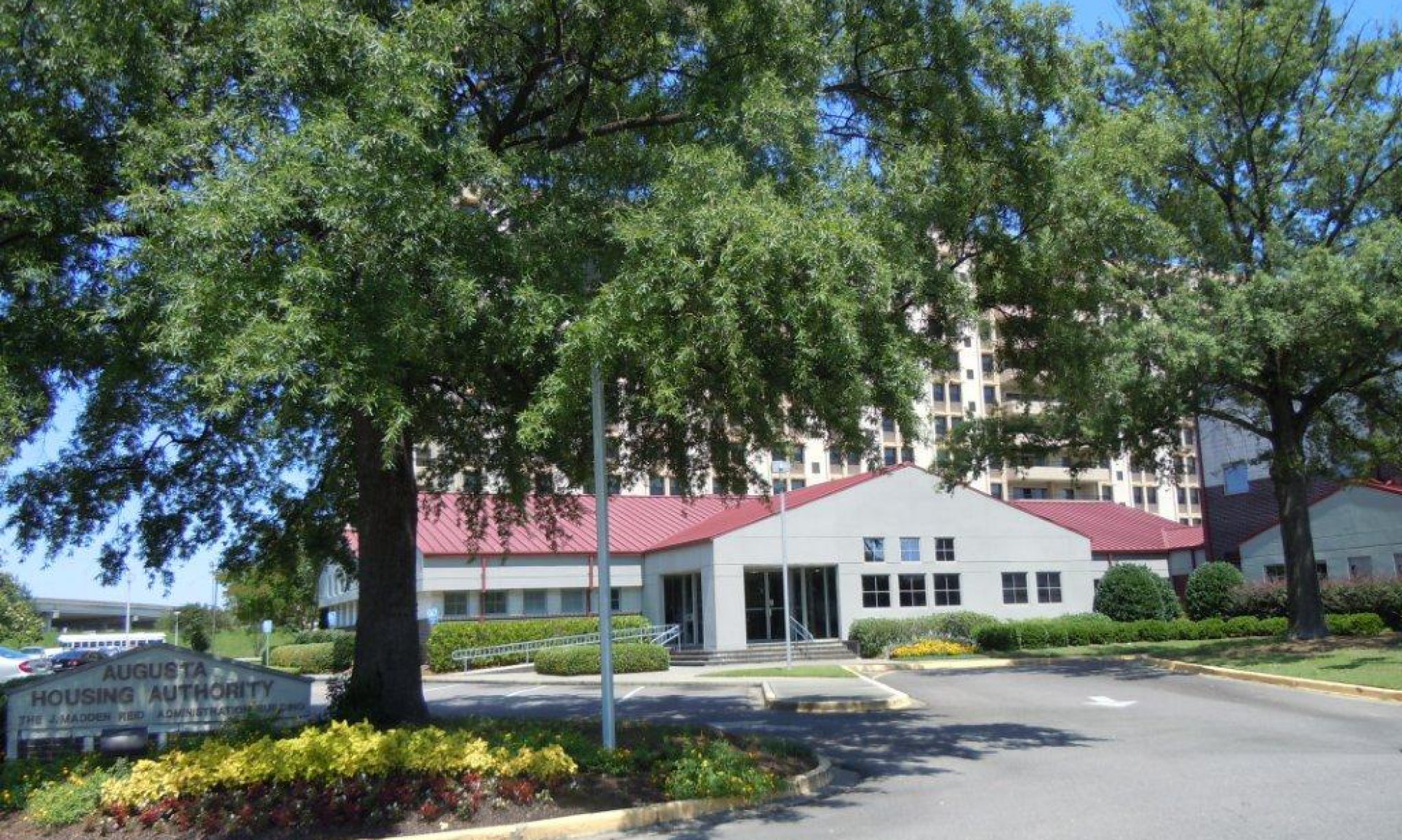Whether it has the planet Globe rotating round the sun or change workers switching between evenings and days and nights, it’s crystal clear our time is usually shaped by a variety of spinning events. Yet there are many others that right here are less obvious.
For example , the Earth’s rotation speed changes slightly. Subsequently, a day can easily feel longer or short. This is why the atomic lighting that preserve standardized period need to be tweaked occasionally. This transform is known as a soar second, and it occurs when the Earth moves faster or perhaps slower than expected. This post will explain just how this occurs and how come it’s important to each of our everyday lives.
The modification is caused by the fact which the Earth’s layer rotates faster than it is core. This is similar to a entracte dancer spinning quicker as they provide their biceps and triceps toward the body — or the axis around that they spin. The elevated rotational acceleration shortens the afternoon by a little amount, a handful of milliseconds each century. Important earthquakes can also speed up the rotational speed, though not by as much.
Other, more standard rotating events include precession and free nutation. These are the routine wobbles in the Earth’s axis, which happen because of its orbit. This axial movements is responsible for changing the route of the existing weather patterns – including the Coriolis effect, which shapes the guidelines of cyclones in the Top and The southern area of Hemisphere.
It may be also so why a Ferris wheel or slide carousel can only travel and leisure as fast as the speed of its own rotation, and why these types of attractions must be built with a good side-to-side bar named an axle. To read more about the physics behind these spinning events, take a look at this article by Meta technical engineers Oleg Obleukhov and Ahmad Byagowi.

